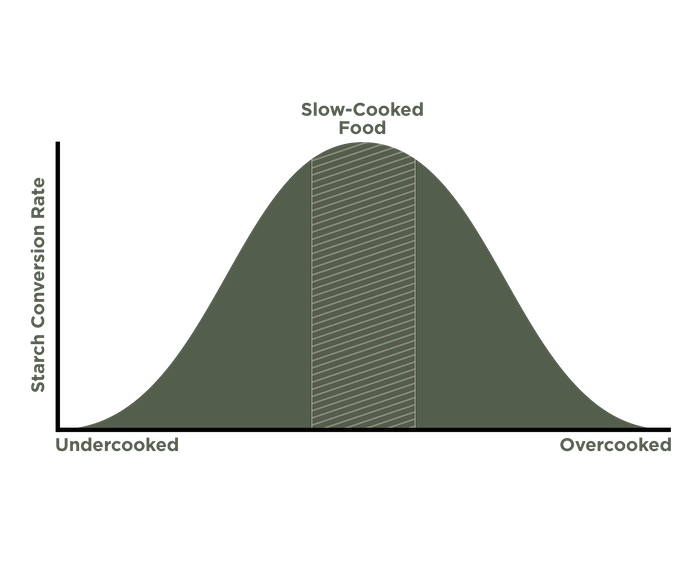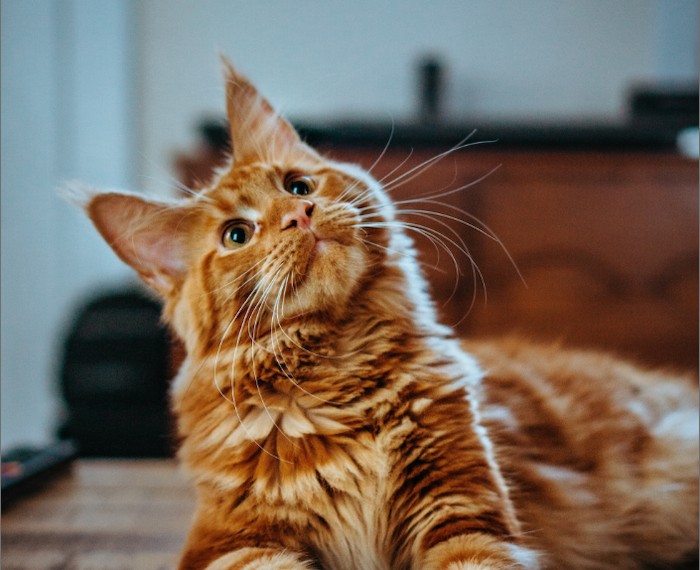
Understanding Starch Conversion Rates
To help you understand starch conversation rates, we will start by defining a few terms. When we talk about the starch cooking process, we are talking about a process commonly known as gelatinization. A starch is a complex carbohydrate, or single glucose molecules linked together in a branched, linear fashion. When the starch is heated in the presence of water, the starch gelatinization process begins. During this cooking process, the water slowly gets absorbed by the starch molecule and gradual swelling occurs in the molecule. If you use too much heat or cook too fast you will be left with degraded granules and loss of valuable nutrients. This is why we take the extra time to do things right. When we cook at low temperatures for a longer period of time, we reach the optimal starch conversation rate. Kibble prepared in this range allows your pet to invest less energy into retaining nutrients while getting max nutritional value from each bite.

Where’s the Proof?
Blackwood was part of an independent study to show the effects of starch conversion on available nutrition for pets. In this study, top Pet Nutrition Researchers from Kansas State University examined our process of slow-cooking. The results showed that during our cooking process, we were able to meet the optimal starch conversion rate needed to maximize nutritional value in our kibble.
Sign up for New Product Information& New Recipes
Find Blackwood super premium slow-cooked pet foods at select retail locations near you:
